Blog archive

3
The hacker that tried to poison a town’s water supply
When a hacker logged into a Florida water treatment plant in 2021 through TeamViewer and tried to poison an entire town by increasing sodium hydroxide levels to dangerous levels, it sent shockwaves through the industry.

5
Giving IT teams their time back from mobile fleet admin
We're providing businesses with efficient fleet management tools at no extra cost and pricing that’s tailored to the exact needs of your business.

4
Choosing the Right Business Internet: 5 Tips for Success
This guide outlines five essential tips for choosing the right internet solution for your business.

5
Autonomous Penetration Testing: Transforming Cyber Validation beyond Traditional Security
Discover how autonomous penetration testing helps businesses move beyond traditional pen testing with continuous cybersecurity validation and threat insights.

5
We’re changing the way businesses connect in the Pilbara
The wait was worth it – the Pilbara’s mining businesses finally have network infrastructure that supports their ambitions rather than constraining them.

3
Vocus Communication During Major Outages
Learn how Vocus keeps customers informed during major outages with timely updates, clear communication, and 24/7 network monitoring.

3
Our pathway to Net Zero
Our target to achieve net zero emissions across our operations by the end of calendar year 2025
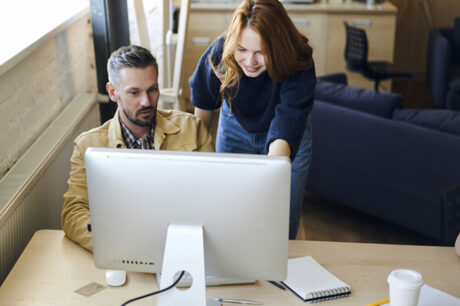
5
The uncomfortable truth about small business cybersecurity
Traditional firewall solutions often require technical knowledge that many SMB owners simply don't have.

5
Cybersecurity Challenges: AI, SOC Costs & the MDR Advantage
Does AI solve or worsen your cyber operations challenges? In-house Cybersecurity vs Managed Detection & Response (MDR)
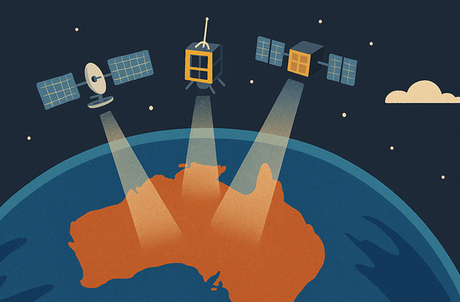
4
Australian space startups leading the satellite revolution
While Starlink and Amazon Kuiper grab headlines, Australia’s space industry is quietly developing world-class capabilities with big economic potential.
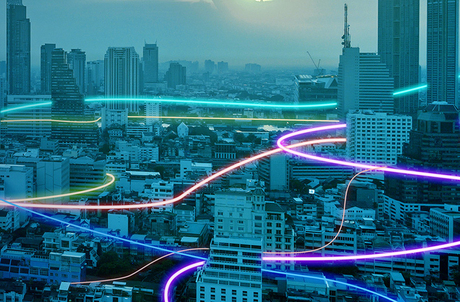
5
The Fibre Myth Costing Aussie Businesses Growth
Think fibre is too expensive for your business? Vocus is busting the myth and making enterprise-grade connections more accessible - Learn More!

5
Project Horizon: Transforming Connectivity in Remote WA
Vocus is laying the groundwork for reliable fibre in remote WA. Learn how Project Horizon is powering mining, communities, and growth - Learn More!
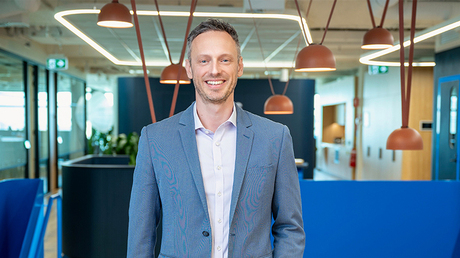
10
How AI Is Stress-Testing Aussie Networks
Vocus CIO Rob Ison shares how Australian businesses are navigating network challenges as they adopt AI technologies across their infrastructure.
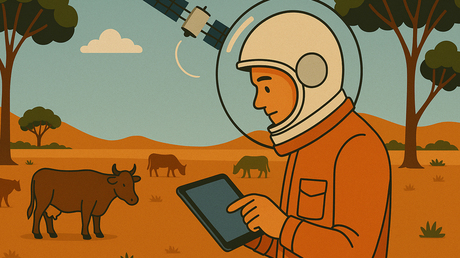
4
How LEO Satellites Transform Remote Australia
As LEO satellite communications grows rapidly, Australia must choose: shape this technology's future here or let others dictate the terms. Learn More!

4
Are we crossing the LEO chasm? Four factors that will determine LEO satcom's mainstream future
Ever seen a potentially game-changing technology fizzle out before reaching mainstream adoption? Remember Google Glass? The Segway? 3D TVs?

5
Building the Backbone of Western Sydney Airport
Vocus delivers dual-path fibre connectivity to Western Sydney Airport, laying the digital foundation for a smarter, seamless airport experience.

4
Midnight heroes: why we work after dark
When most of Australia is just drifting off, our team of crack engineers is just clocking on.

6
What Is Dark Fibre & Why More Organisations Are Choosing It
Discover what dark fibre is and why more Australian businesses are choosing it for unmatched speed, security, and scalability.
